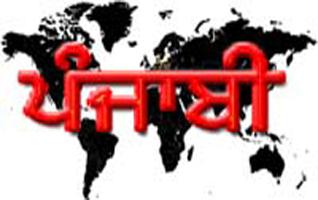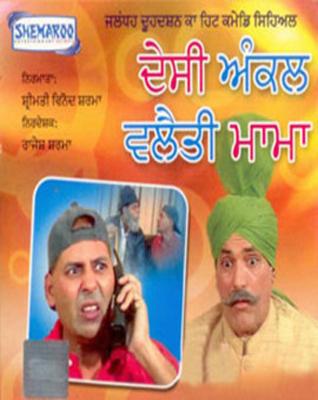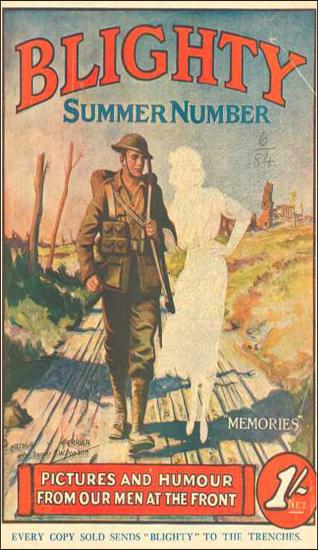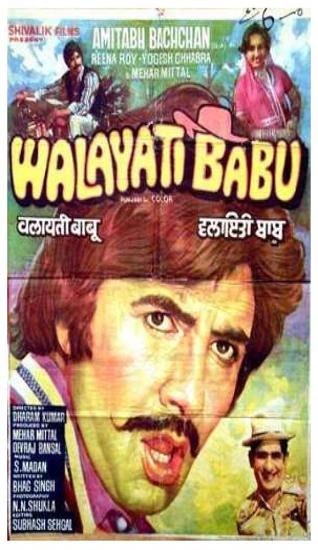Books
Emergence of A New Genre of Punjabi Literature in The Diaspora
by RUPINDERPAL SINGH
Currently Punjabi Literature produced abroad is seen as "parvasi".
This term will soon be inadequate to deal with the potential rise of new Western Punjabi writers. "Parvasi" suggests people who have been born and raised in the Punjab, who have gone onto foreign shores, but still write in Punjabi. It also suggests immigrant writing, about the immigrant experience, which often will compare the new environment with the one left behind; the new cultural norms, with those left behind, often pining for what has been left behind.
By its nature, the assumption is that the home culture is the right one, and any adoption of the new one (often by the second generation, born in the new world, and at loggerheads with the old) is wrong.
The biggest flaw in this view of the daiapora is that those bought up in what for them is their natural environment with their natural customs and social beliefs, are always shown in a negative form. In short, it is prejudice with the émigré, the parent’s viewpoint.
However the voice of the generation which has inherited both the Punjabi culture and the host culture is growing. Currently it resides in literature written in English (or which ever adopted language is relevant); countering the view of the parvasi writer.
The problem lies in that the parvasi’s voice is still heard in the homeland and colours the view of Punjabis back home of what the western jampal is like. Conversely, the voice of the new generation is written in English, and colours the view
of the Western reader, of what Punjabis are like. Each portrays the other negatively.
This trend began to change slowly in the last decade. There are some émigré writers more aware of the liberal views of the new generation, especially women writers, such as Surjeet Kalsi. More significantly, some writers of Punjabi have
begun to learn their parents’ language, and are even writing in it. This then makes the use of the word 'parvasi' inadequate to describe their contribution, as their beliefs, aspirations and upbringing are more liberal than the current conservative writing and mindset.
As they are actually born outside of Punjab, with it only as a secondary language spoken to their parents, they cannot be seen as parvasi, or NRI but as Videsi. Thus a new definition comes into being. However the matter is slightly more
complicated.
Parvasi Punjabi Literature itself needs sub-divisions. There is the fresh-out of Punjab, recently-settled writer, whose language and idiom, for all intents and purposes, is standard Punjabi (well, one of the many Punjabi dialects). There is the parvasi who has lived in Africa, and Swahili words have become a natural part of his Punjabi canon (Ravinder Ravi and Amarjit Chandan are good examples), or the writer who has settled in the U.K. and British English tinges his writing (Shicharan Jaggi Kussa and Harjit Atwal).
All of this enriches the Punjabi language, although it will be baffling for the native Punjabi, as much as American English was for the Victorians.
So is the parvasi Punjabi of African hue, American, or European? As time goes, it diverges.
Videsi Punjabi literature is a new kettle of fish. Quite alien to most Punjabi printing houses (they may call themselves publishers, but a true publisher never charges the author), let alone the common man in Punjab.
It is experimental and its syntax and structure is strongly influenced by the host community, which more often than not is English. Research carried out at Birmingham University in the U.K. has shown that although second generation children speak back to their parents in Punjabi, they recodify it to the English language structure. Even the immigrant parents are guilty of replacing many Punjabi nouns with English ones.
This has led to, at worst, a khicchari Punjabi, at best a new dialect, which crudely has been referred to by subcontinetal universities as "Baharli Boli". But from this base comes the writings of Roop Dhillon, a dichotomy and bizarre quantity to Punjabi traditionalists.
He can truly be described as part of the Videsi Punjabi Sahit, as he writes in what is recognizable as a form of Punjabi, and is not an immigrant, but born and raised in the West. So why has he bucked the trend of his contempories and not written in English?
The reason is that the new generation is slowly beginning to form a love for the heritage language that their parents neglected in the rush to get settled and flourish when they immigrated to the U.K. or other parts of the West.
Previously, this has been expressed in westerners adopting bhangra to their own style, re-inventing it and sending it back to the Punjab.
Now the same has begun slowly with literature. Let us be realistic about one fact. It will never catch on as much as the music media (or film), as an effort is required on their part to learn the Punjabi language, which is too much of an effort for most of them. Those few that bother find it hard to retain an interest in using the language, put off either by the fact that it is associated with poor teaching at the gurdwaras, and often not for the love of the language, but as an incentive for religious affiliation.
Britain is not a religious country, in fact it has a healthy tradition of insulting and parodying authority. All of this affects views. Of the U.K.-born Punjabi-reading elite that does exist, most cannot relate to the village life depicted in Punjabi literature, or its idioms, and resent themselves being depicted in a negative way (something Bollywood has perpetuated to the point of ridiculousness, encouraging bad habits in the current Punjabi youth in India, with false images).
This 'elite' readership (often 'A-Level' Punjabi students) relate more to the world of Star Wars, Harry Potter and liberal thinking. It is exclusively for this market, such gems as Dungha Pani and Kaldaar have been written. Stories which are possibly incomprehensible to all native Punjabis, except the intellectuals, but are arousing the interest of this videsi audience.
There is a second videsi sub-category as well. Translation of modern foreign writers, typically from English, Russian or French.
So in the future space will need to be made for the elite minority of writers and readers from the West, who are so Punjabi and yet so not. Thus is recommended that those born and raised outside of the Punjab have their literature referred to either as vilaayati or videsi, but not parvasi.
June 15, 2011
Conversation about this article
1: Rajinder Kaur (Ludhiana, Punjab), June 16, 2011, 9:05 AM.
Very good research on terms like 'parvasi', 'baharli boli', 'videsi', etc. There are good examples of each representing Punjabi culture. It's a very interesting topic you have shared with us. I feel inspired.






